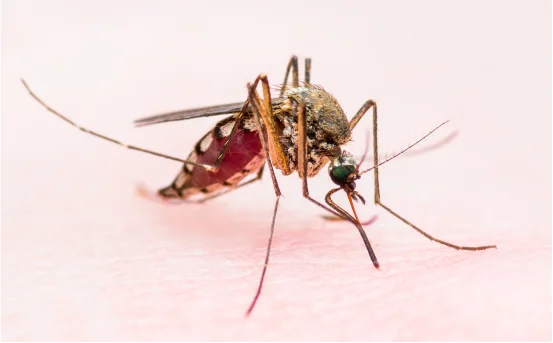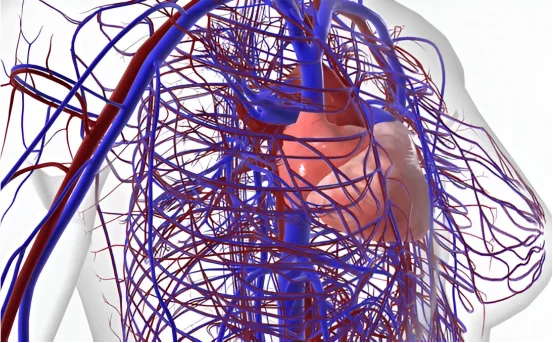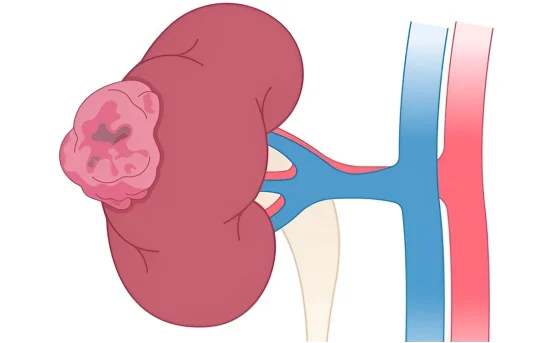Chikungunya is a viral infection that has gained significant attention due to its sudden outbreaks, debilitating symptoms, and wide geographic spread. While it is rarely fatal, Chikungunya can cause severe joint pain and fatigue that may last for weeks or even months. Understanding what Chikungunya is, how it spreads, and how to manage it is essential, especially for those living in or traveling to tropical and subtropical regions.
The rise in global travel, urbanization, and changing climate patterns has contributed to the increasing spread of Chikungunya, making it a growing threat in areas that were once considered low risk. As mosquito breeding grounds expand, even regions previously unaffected by the disease have reported local outbreaks. With no specific antiviral treatment or vaccine currently available, public awareness and early detection remain the most powerful tools in controlling its spread.
What is Chikungunya?
Chikungunya is a viral disease caused by the Chikungunya virus (CHIKV), which belongs to the Togaviridae family and the Alphavirus genus. It was first identified during an outbreak in Tanzania in 1952. The word “Chikungunya” comes from the Kimakonde language of southeastern Tanzania, meaning “to become contorted,” describing the stooped posture resulting from the intense joint pain.
The infection is transmitted to humans primarily through the bite of infected Aedes aegypti and Aedes albopictus mosquitoes species also responsible for spreading dengue and Zika viruses. These mosquitoes are most active during daylight hours, particularly early morning and late afternoon.
How Chikungunya Spreads?
Chikungunya is not transmitted from person to person. Instead, it spreads when a mosquito bites an infected person and then bites someone else, passing on the virus. This cycle allows the virus to spread rapidly, especially in areas with dense mosquito populations and poor mosquito control practices.
Outbreaks of Chikungunya tend to occur in warm climates and areas with stagnant water, where mosquitoes breed easily. Urbanization, international travel, and climate change have also contributed to the spread of the virus to regions where it was previously uncommon, including parts of Europe and the Americas.
Signs and Symptoms of Chikungunya
Symptoms of Chikungunya typically appear 4 to 8 days after being bitten by an infected mosquito. In some cases, the incubation period can range from 2 to 12 days. The illness often begins suddenly and can resemble the flu or dengue fever, making early diagnosis challenging without laboratory tests.
The most common symptoms include :-
-
High fever (often above 102°F or 39°C)
-
Severe joint pain, especially in the hands, feet, knees, and wrists
-
Muscle pain and body aches
-
Headache
-
Fatigue
-
Skin rash, typically appearing 2 to 5 days after the fever starts
-
Swelling around joints
-
Nausea or vomiting in some cases
While most people recover fully within a week, joint pain can persist for weeks or months, especially in older adults or those with existing joint issues. In rare cases, complications such as neurological or cardiac problems may arise.
Diagnosing Chikungunya
Since the symptoms of Chikungunya are similar to those of dengue and Zika, accurate diagnosis requires laboratory testing. A healthcare provider may suggest blood tests to detect antibodies (IgM and IgG) or the presence of the virus’s genetic material using RT-PCR.
It’s essential to seek medical attention if you experience high fever and joint pain after visiting an area with known Chikungunya transmission. Early diagnosis helps in managing symptoms and ruling out more severe infections.
Treatment Options for Chikungunya
Currently, there is no specific antiviral treatment or cure for Chikungunya. Management of the disease focuses on relieving symptoms and supporting the body’s immune response.
Doctors usually recommend :-
-
Rest :- To help the body recover
-
Fluids :- To stay hydrated and prevent dehydration
-
Pain relievers :- Acetaminophen or paracetamol is commonly used to reduce fever and pain. Avoid aspirin and nonsteroidal anti-inflammatory drugs (NSAIDs) like ibuprofen until dengue is ruled out, as these can increase the risk of bleeding
In cases of prolonged joint pain, physical therapy or anti-inflammatory drugs may be prescribed to help regain mobility and reduce inflammation.
Most patients start feeling better within 7 to 10 days, but fatigue and joint stiffness can continue for weeks.
Prevention of Chikungunya
Because there is no vaccine or specific treatment for Chikungunya, prevention is crucial especially in areas where mosquito populations are high. Preventing mosquito bites is the best defense.
Here are key steps to reduce your risk :-
-
Use mosquito repellents containing DEET, picaridin, or oil of lemon eucalyptus
-
Wear long-sleeved shirts, long pants, and socks, especially during daytime
-
Use mosquito nets or screens to prevent mosquitoes from entering homes
-
Sleep under mosquito nets if living in or traveling to high risk areas
-
Eliminate standing water in flower pots, buckets, and containers where mosquitoes can breed
Public health authorities also conduct mosquito control programs involving insecticide spraying and larvicide use to curb the mosquito population during outbreaks.
Chikungunya vs. Dengue: Key Differences
While Chikungunya and dengue are both mosquito-borne illnesses with similar symptoms, there are some notable differences. Chikungunya typically causes more intense joint pain and is less likely to cause serious complications like internal bleeding, which is common in severe dengue. A rash is also more common in Chikungunya. Laboratory tests are essential to differentiate between the two, especially during an outbreak.
Who is at Risk?
Anyone living in or traveling to tropical or subtropical regions is at risk of contracting Chikungunya. However, certain groups are more vulnerable to severe symptoms :-
-
Newborns infected at birth
-
Adults over 65 years old
-
People with chronic medical conditions like diabetes, heart disease, or high blood pressure
These individuals should take extra precautions and seek prompt medical attention if symptoms develop.
Outlook and Recovery
The good news is that Chikungunya is rarely life threatening. Most people recover fully, although the recovery process can be frustrating due to lingering joint pain. With proper rest and symptom management, the majority of patients return to normal activities within a few weeks.
In endemic areas, community awareness, mosquito control, and early detection play a vital role in minimizing the impact of outbreaks. Travelers should stay informed about disease outbreaks in their destinations and take preventive measures seriously.
Conclusion
Chikungunya is a painful yet generally self limiting viral infection spread by mosquitoes. While there is no cure or vaccine available, awareness, prevention, and timely symptom management can significantly reduce its impact.























